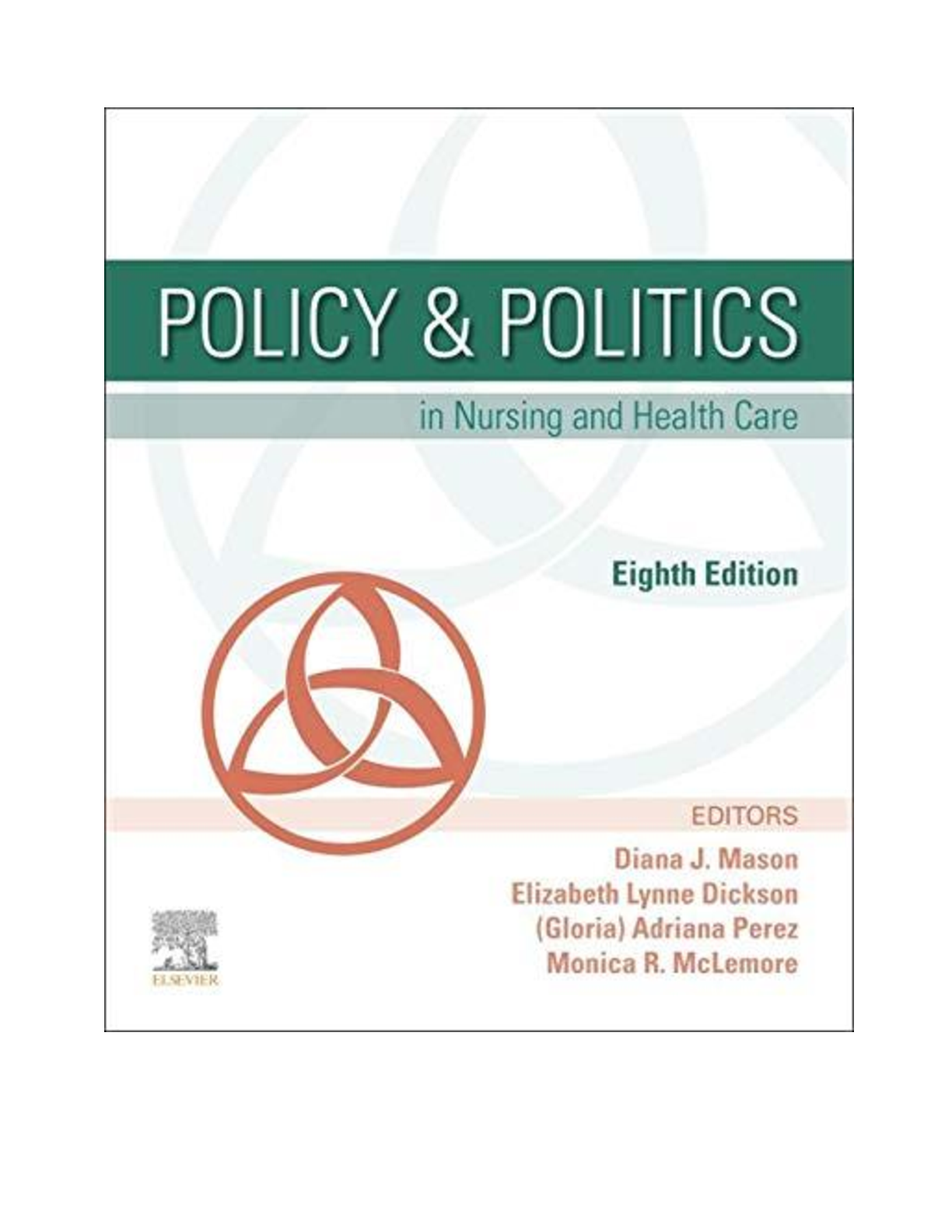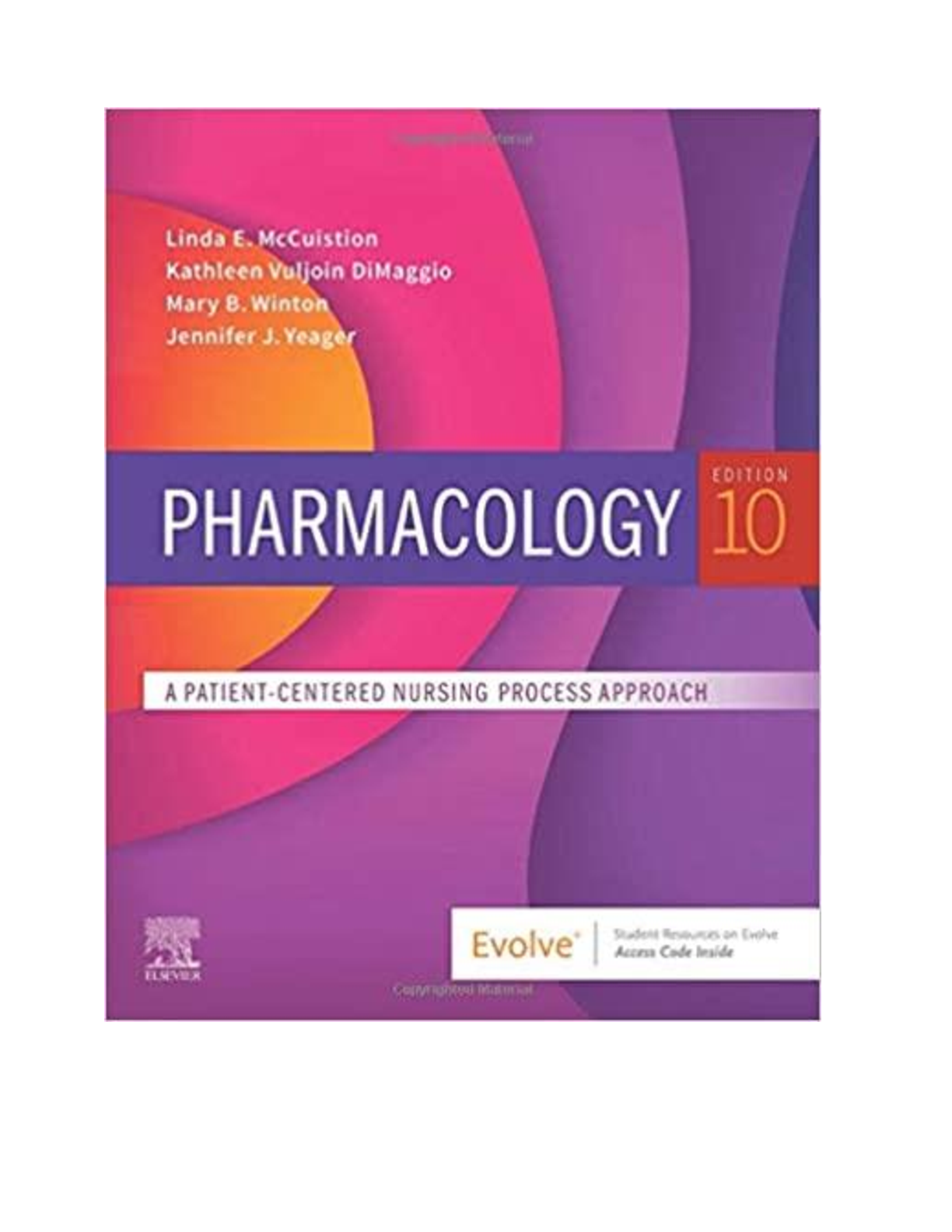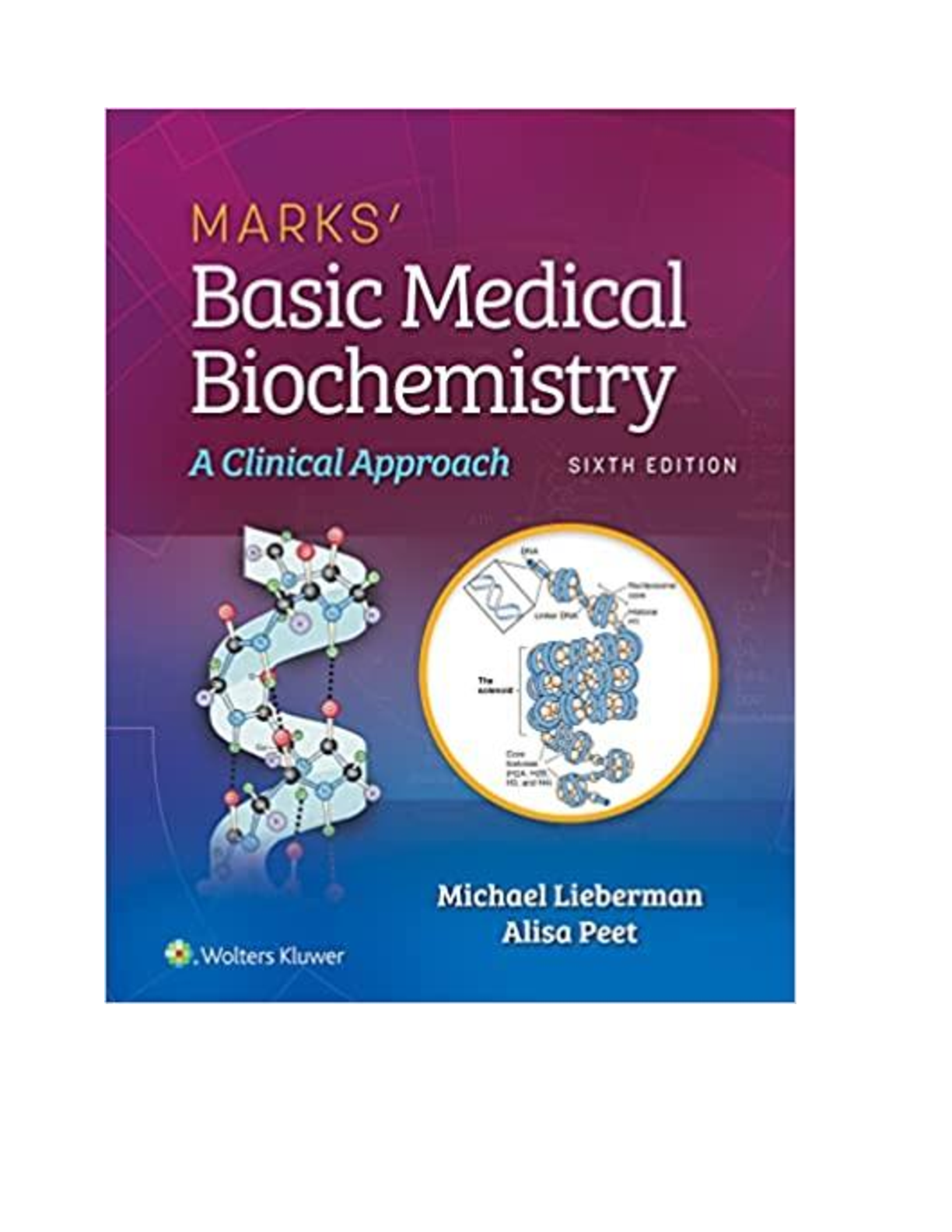*NURSING > eBook-PDF > Pharmacy Calculations for Pharmacy Technicians Master Calculations the Safe and Easy Way Without For (All)
Pharmacy Calculations for Pharmacy Technicians Master Calculations the Safe and Easy Way Without Formulas Bradley J. Wojcik, PharmD
Document Content and Description Below
Pharmacy Calculations for Pharmacy Technicians Master Calculations the Safe and Easy Way Without Formulas Bradley J. Wojcik, PharmD Disclaimer Although the author and publisher have made every e... ffort to ensure that the information in this book was correct at press time, the author and publisher do not assume and hereby disclaim any liability to any party for any loss, damage, or disruption caused by errors or omissions, whether such errors or omissions result from negligence, accident, or any other cause. This book is not intended as a substitute for the medical advice of physicians. The reader should regularly consult a physician in matters relating to his/her health and particularly with respect to any symptoms that may require diagnosis or medical attention. All rights reserved. No part of this publication may be reproduced, distributed, or transmitted in any form or by any means, including photocopying, recording, or other electronic or mechanical methods, without the prior written permission of the publisher, except in the case of brief quotations embodied in critical reviews and certain other noncommercial uses permitted by copyright law. Some images within this book are either royalty-free images, used under license from their respective copyright holders, or images that are in the public domain. © Copyright 2020 by Bradley J Wojcik, PharmD and Spotlight Media, LLC. All rights reserved. Table of Contents Introduction Unit 1: Essential Skills Chapter 1 The Metric System Chapter 2 Apothecary/Avoirdupois/Household Systems Chapter 3 Ratios Tool Shed (Conversion Factors) Chapter 4 Dimensional Analysis and Ratio Proportion Chapter 5 Rounding Numbers Unit 2: Auxiliary Subjects Chapter 6 Scientific Notation Chapter 7 Significant Figures Chapter 8 Roman Numerals Unit 3: Unit Conversions Chapter 9 Unit Conversions-The Basics Chapter 10 Unit Conversions Within the Metric System Chapter 11 Unit Conversions Within the Household System Chapter 12 Unit Conversions Between Metric, Household and Apothecary Chapter 13 Unit Conversions Involving Hours and Minutes Unit 4: Dosage Calculations Chapter 14 Dosage Calculations-The Basics Chapter 15 Dosage Calculations Level 1 Chapter 16 Dosage Calculations Level 2 Chapter 17 Dosage Calculations Level 3 Chapter 18 Body Surface Area Dosing Calculations Unit 5: IV Flow Rate Calculations Chapter 19 IV Flow Rate Calculations-The Basics Chapter 20 IV Flow Rate Calculations Level 1 Chapter 21 IV Flow Rate Calculations Level 2 Chapter 22 IV Flow Rate Adjustments Unit 6: Percent and Ratio Strength Calculations Chapter 23 Percent Chapter 24 Percent Strength Chapter 25 Percent Error Chapter 26 Ratio Strength Unit 7: Concentrations/Dilutions/Reconstitution Calculations Chapter 27 Concentrations and Dilutions Chapter 28 Powder Volume Calculations Chapter 29 Serial Dilution Unit 8: Miscellaneous Subjects Chapter 30 Milliequivalent Calculations Chapter 31 Temperature Conversion Calculations Chapter 32 Pharmacy Calculation Puzzles Chapter 33 Self-Assessment Exam A Final Note Answers to Exercises Chapter 5 Rounding Exercise Chapter 6 Scientific Notation Exercise Chapter 7 Significant Figures Exercise Chapter 8 Roman Numeral Exercise Chapter 10 Unit Conversions Within the Metric System Metric Conversion Exercise Using DA Metric Conversion Exercise Using RP Chapter 11 Unit Conversions Within the Household System Household Conversion Exercise Using DA Household Conversion Exercise Using RP Chapter 12 Unit Conversions Between Metric, Household and Apothecary Metric, Household and Apothecary Conversion Exercise Using DA Metric, Household and Apothecary Conversion Exercise Using RP Chapter 13 Hours and Minutes Conversion Exercise Chapter 15 Dosage Calculations Level 1 Exercise Chapter 16 Dosage Calculations Level 2 Exercise Chapter 17 Dosage Calculations Level 3 Exercise Chapter 18 BSA Calculation Exercise Chapter 20 IV Flow Rate Calculations Level 1 Chapter 21 IV Flow Rate Calculations Level 2 Chapter 22 IV Flow Rate Adjustments Exercise Chapter 23 Percent Exercise Chapter 24 Percent Strength Exercise Chapter 25 Percent Error Exercise Chapter 26 Ratio Strength Exercise Chapter 27 Concentrations and Dilutions Exercise Chapter 28 Powder Volume Calculations Chapter 29 Serial Dilution Exercise Chapter 30 Milliequivalent Calculations Exercise Chapter 31 Temperature Conversion Calculations Chapter 32 Pharmacy Calculation Puzzles Chapter 33 Self-Assessment Exam Introduction Imagine that you just moved to a new city and needed to know how to get around. Would you rather be handed a long list of detailed instructions on how to drive between all the different points in the city, or be handed a map? This book takes the approach that it is easier to learn to read a map once than to memorize a myriad of different instructions. After learning a few simple concepts, you will be able to quickly set up and solve pharmacy calculation problems without resorting to notes or formulas, other than a couple you will need for specialty calculations. The book is divided into eight units. Unit 1: Essential Skills: Before you can start preforming calculations you must learn these subjects. The Metric System Apothecary/Avoirdupois/Household System Ratios Dimensional Analysis and Ratio Proportion Rounding Numbers Unit 2: Auxiliary Subjects: While these subjects didn’t make it into the essential skills unit, they may be needed in your curriculum, or later in your career. Scientific Notation Significant Figures Roman Numerals Unit 3: Unit Conversions: Units are the units of measurement used in pharmacy calculations and include grams, milligrams, liters, milliliters, ounces, along with many others. This unit covers conversions within and between the various systems of measurement used in pharmacy. Unit 4: Dosage Calculations: This is where you put your knowledge of units, unit conversions, dimensional analysis, and ratio proportion together to solve dosage calculations, starting with simple calculations then moving on to more complex calculations. Unit 5: IV Flow Rate Calculations: While IV flow rate calculations are a step up from dosage calculations, they are set up the same general way. You will first learn the basics in Chapter 14, then move on to calculations starting with simple, one step problems, and progressing to more complex problems. Unit 6: Percent and Ratio Strength Calculations: Many pharmacy calculations involve percent and percent strength. It is important that this material is understood before moving on to Unit 7. Unit 7: Concentrations/Dilutions/Reconstitution Calculations: These calculations are a little different from previous calculations in that they involve mixing and dilutions. Fortunately, the calculations are not too difficult. Unit 8: Miscellaneous Subjects: This unit wraps things up with a couple of subjects which you may or may not find useful (milliequivalent and temperature conversion calculations), a couple of fun pharmacy calculations puzzles, and finally a self-assessment exam. General Terminology Used in this Book: Number: Includes integers, decimal numbers, and fractions. Ø Integer: All positive and negative whole numbers and zero. ü Examples: -4, -3, 0, 2, 25 Ø Decimal Number: A number which includes a decimal point. ü Examples: 25.3, 0.05 Ø Fraction: A number represented as a/b where a and b are both integers, with the exception that b cannot be 0. ü Examples: 1/2, 3/4, 7/8, -1/2 Unit: Unit of measurement. Ø Examples: mg, mL, kg, L. A few important notes: Always include all units of measurement (mg, g, L, mL, etc.) in the calculations. Ø The units are the most important part of the calculation. The numbers only go along for the ride. Set the calculations up mathematically correct. Ø 0.25 X 100% = 25% not 0.25 X 100 = 25% Use a space between the number and the unit. Ø 5 mL not 5mL Always use leading zeros on decimal numbers which are less than 1. Ø 0.5 mg not .5 mg. Always avoid trailing zeros after whole numbers. Ø 5 mg not 5.0 mg Use mcg for microgram, not µg, as µg can be mistaken for mg. Definitions of terms in this book are limited in scope to the practice of pharmacy. You will not get a detailed technical definition of electrolytes, only that they are ions important to the function of the body. Rounding rules for this book, unless otherwise stated: In general, round calculations at the end. All drops/minute calculations are to be rounded to the nearest full drop. All mL/h calculations are to be rounded to the nearest tenth mL/h unless otherwise stated. mL doses less than 1 mL are rounded to the nearest hundredth mL. mL doses greater than or equal to 1 mL are rounded to the nearest tenth mL. When rounding the final answer to the nearest tenth or hundredth, if the final digit after the decimal point is zero, omit it. This is done to avoid trailing zeros. Enjoy the book! -Brad Wojcik Most of these topics are covered in my YouTube videos. YouTube.com/c/BradWojcikPharmD [Show More]
Last updated: 1 year ago
Preview 1 out of 254 pages
Instant download
 (z-lib.png)
Instant download
Reviews( 0 )
Document information
Connected school, study & course
About the document
Uploaded On
Oct 22, 2022
Number of pages
254
Written in
Additional information
This document has been written for:
Uploaded
Oct 22, 2022
Downloads
0
Views
79
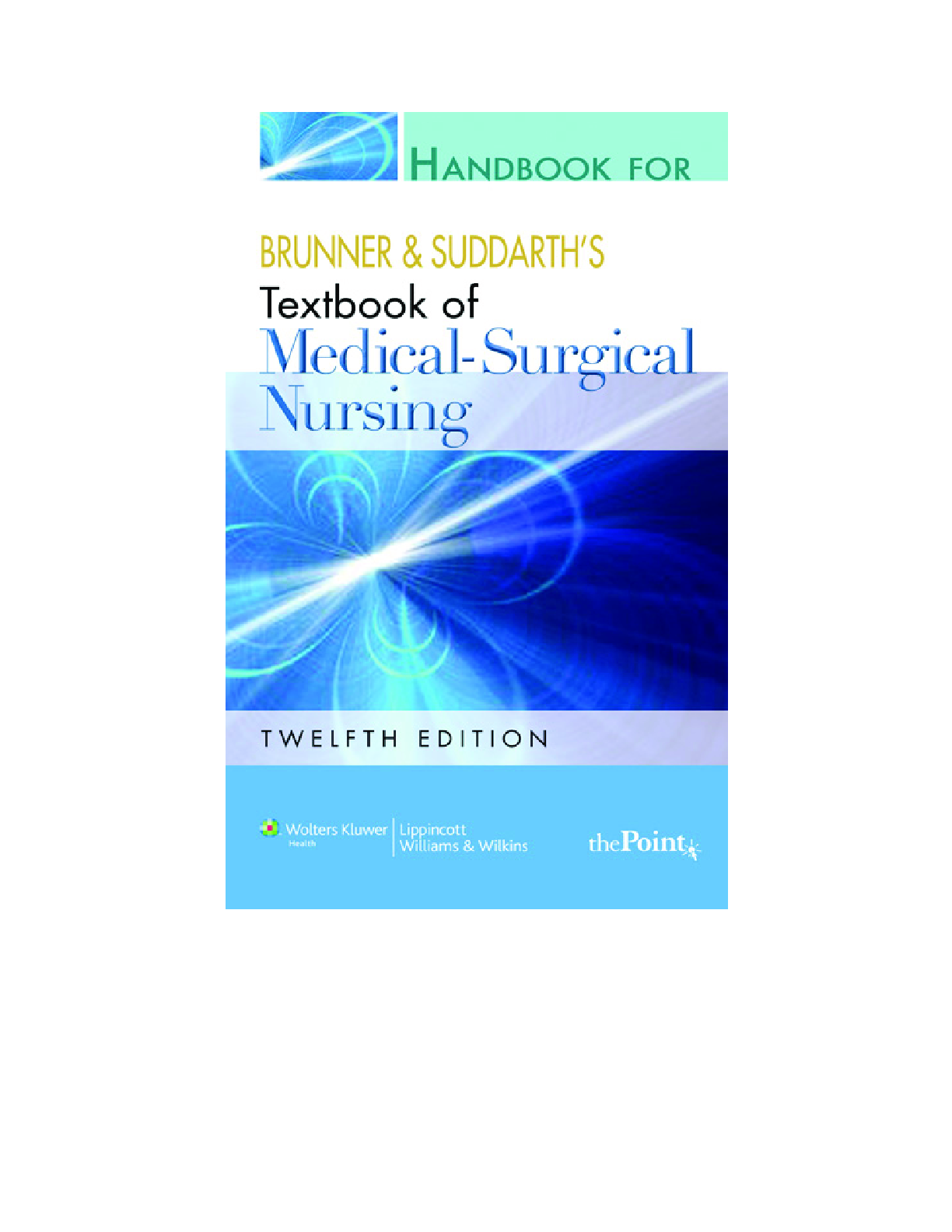



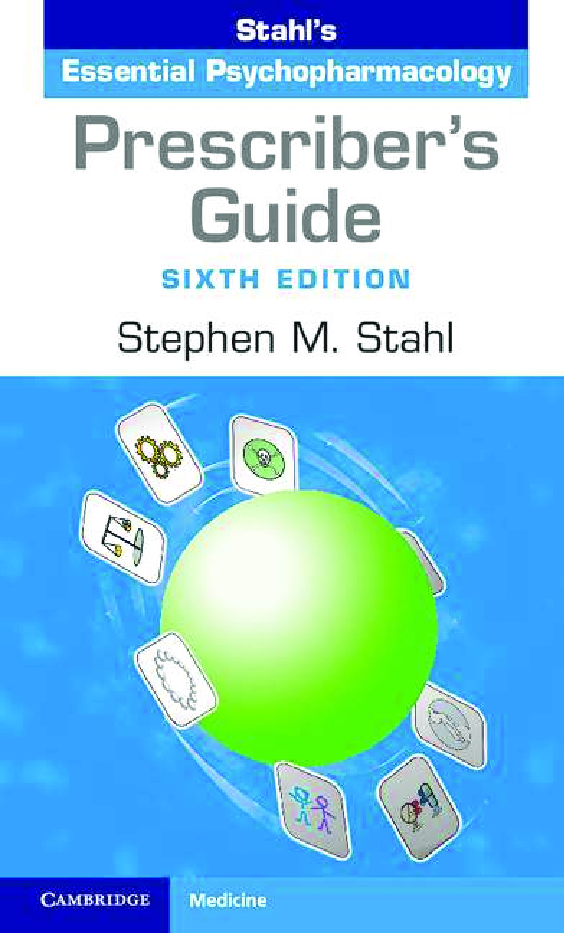

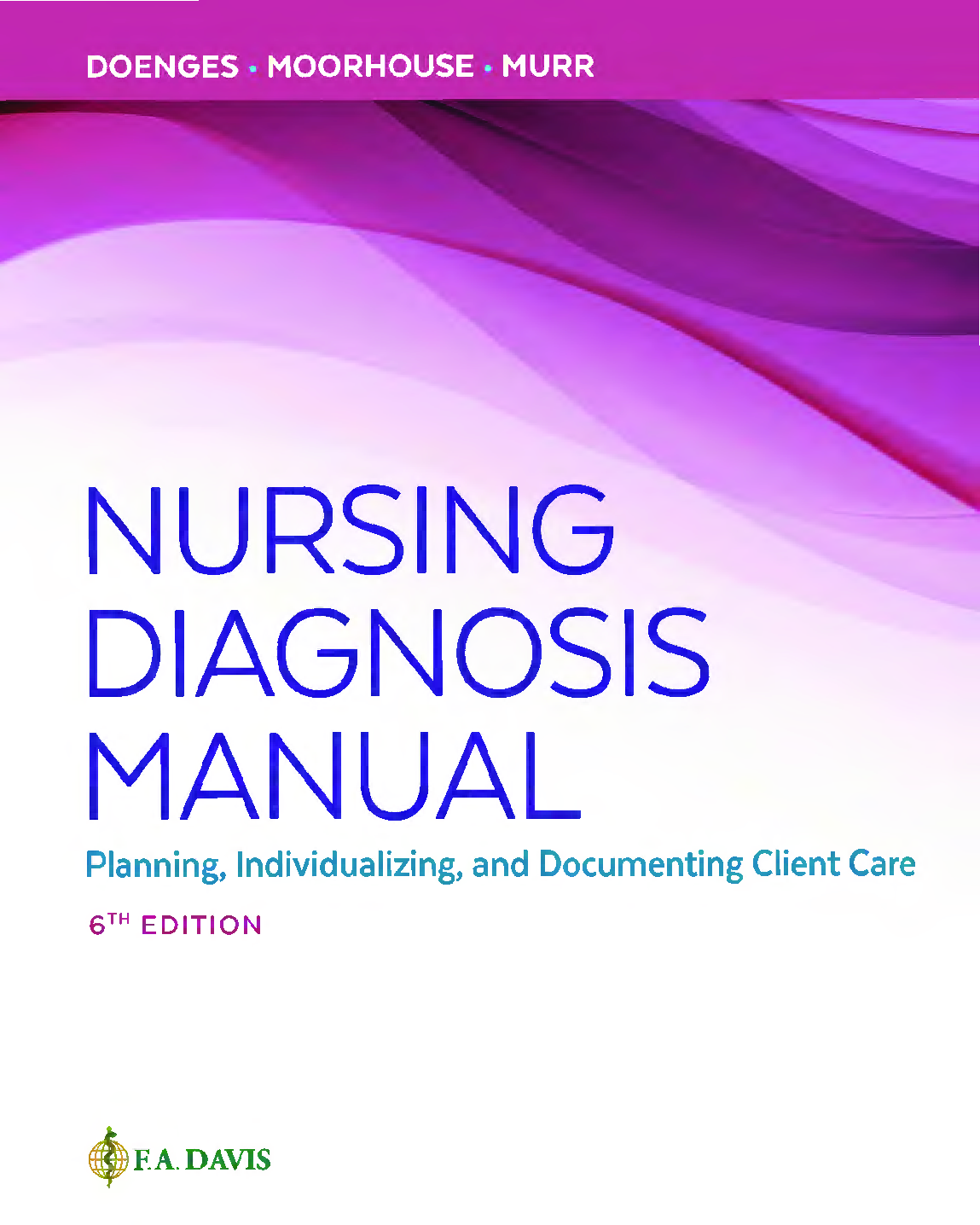

 ( PDFDrive ).png)
_compressed.png)
 (z-lib.png)
.png)






